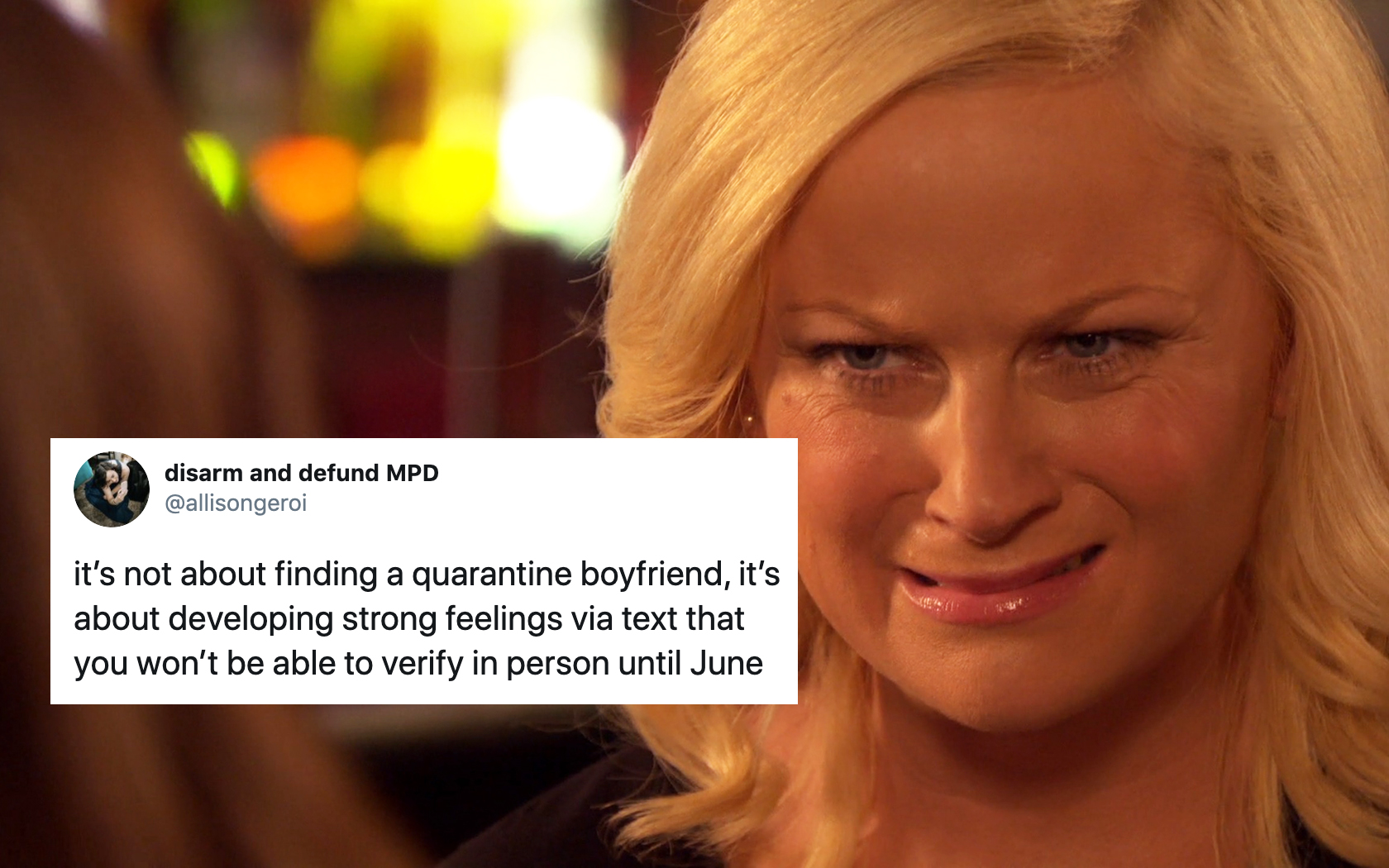Here’s How To Actually Keep Your Indoor Plant Alive, According To An Expert

Alana is the staff writer on AWOL who thinks the…
Congratulations to anyone who’s ever managed to keep an indoor plant alive for more than a month. You’re all inspiring and I literally do not know how you do it.
My plants are the cutest things in the world and I’m sick of doing them dirty, so I spoke to Felicity Keep, owner of PlantGirl, a same-day delivery service for hard-to-kill plants.
Felicity answered all my questions about plant care, including how often you need to water your plants and how much sunlight they need. She even recommended some great entry-level indoor plants that are “indestructible whilst being beautiful at the same time.” I’m listening.
After Felicity’s crash course on indoor plant care, my succulent is back from the brink and is now flirty and thriving.
Here’s everything you need to know about indoor plant care:
How often should you water your plant?
“This is the big question, but it really does depend on the plant. A lot of people accidentally ‘over-love’ their plants (especially with all this time at home) and water them too frequently, which ends up killing the plant,” Felicity explained.
“A really easy trick is to stick your finger in the soil. If it’s dry, it’s time to water. But if the soil still feels moist, it’s probably okay to wait for a few more days.”
me, 16: why do ppl own plants lmao
me, 26, filling my empty heart by filling my room w plants: my first language is & always has been Nature— jonny sun (@jonnysun) September 9, 2017
How can you tell whether your plant is getting enough or too much sunlight?
“Burnt or brown edges and dark spots on leaves can be an indicator of too much sunlight.”
But what about plants that need more light? “The most common signs for your plant not getting enough light are wilting leaves, yellowing leaves, dulled colour, stunted growth and even your plant stretching towards a window (it wants that precious light!). Just move your plant somewhere brighter and hopefully it will begin to show signs of improvement.”
Do you need to change your plant’s soil regularly or use any nutrient products?
“Most plants will survive in the same soil for a few years. It does depend on the plant however. If you have a really fast growing plant and you can tell it’s beginning to outgrow it’s pot, it’s a good idea to repot it into the next size up,” Felicity advised.
“A bit of fertiliser can work wonders for your plants, but you don’t need to overdo it! Once every few months should be sufficient, and you can lay off the fertiliser in winter when your plant is dormant.”
Felicity’s top hack for regular plant maintenance? “My big tip for indoor plants is to clean the leaves and keep them dust free. This promotes growth, prevents pests, keeps your plant looking lush and is something you can do a lot without fear of hurting your plant! Just a damp cloth with some water will do the trick.”
twitter trolls don’t faze me bc i was once brutally dragged in a houseplant forum for overwatering my fiddle leaf fig tree and i haven’t felt anything since
— quarantined alexa (@mariokartdwi) October 10, 2018
What are some good low-maintenance, easy to look after plants?
“Devil’s Ivy (Epipremnum Aureum) and Snake Plants (Sanseviera) are my big go-to plants for beginners and people looking for low maintenance. These guys are pretty much indestructible whilst being beautiful at the same time.”
And if you want to know why indoor plants are more important than ever, keep reading:
If you’re looking for something to brighten your home during this chaotic time, an indoor plant is a great choice for lots of reasons.
“Plants are known for cleaning the air around us,” Felicity explained when I asked her about how plants can improve our mental and physical health during self-isolation.
Where are the support groups for otherwise stylish millennial women who aren’t good at taking care of plants
— Amanda Mull (@amandamull) October 10, 2018
“They also create feelings of happiness and promote creativity. Tending to your plants and keeping them alive creates a feeling of satisfaction, and this is amazing for our mental health and wellbeing.”
I’ve only just started following her tips, but I already feel happier when I look at my indoor plant.
It still looks like I used to the morning after we could all still have big nights out (haggard, betrayed, and dehydrated) but just knowing that I’m finally taking proper care of it makes me feel good about myself and better about working from home.
My one piece of advice is that it’s important to do your research to find a plant you’ll be able to take care of. Check the size and how much light it needs, and be honest about how much time and effort you’re willing to put into it. There’s no shame in getting something low-maintenance like Felicity’s suggestions above so you don’t end up killing it and having to start all over again.
But if you’re considering getting an indoor plant, there’s never been a better time to commit. Just follow this guide to indoor plant care to spruce up your home and give your self-isolation a glow-up. Pro tip: indoor plants look great on Instagram.
(Lead image: PlantGirl / supplied)
Alana is the staff writer on AWOL who thinks the best way to travel is by taking spontaneous detours and stopping at every local bakery to try the cakes. She writes a lot about Australian TV, Big Things, cursed food, and theme parks. You can follow her on Instagram @alana.dotcom. It’s mostly dogs she meets along the way.








